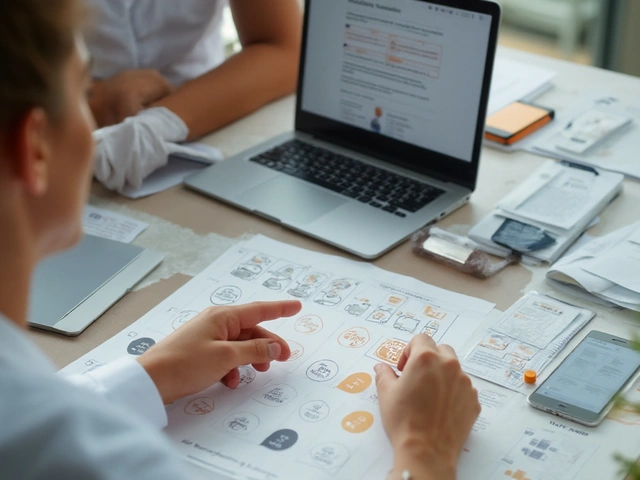Forxiga (dapagliflozin) – What You Need to Know
If you’ve been diagnosed with type 2 diabetes, chances are you’ve heard the name Forxiga. It’s a pill that helps lower blood sugar by making your kidneys dump extra glucose in the urine. The active ingredient is dapagliflozin, a member of the SGLT2‑inhibitor family. In plain English, it tells your kidneys to work a bit harder at getting rid of sugar you don’t need.
How Forxiga Works and Who Should Use It
Forxiga isn’t a replacement for insulin, but it can cut A1C levels by about 0.5‑0.9% when taken with diet and exercise. It’s usually prescribed for adults with type 2 diabetes who can’t reach target glucose levels on metformin alone. If you have kidney problems, are pregnant, or have a history of urinary infections, your doctor might skip this drug.
One of the nice side‑effects (yes, that’s a thing) is a small drop in blood pressure, which can be helpful if you’re also dealing with hypertension. However, it does mean you’ll need to monitor how you feel if you’re already on blood pressure meds.
Dosage, Side Effects, and Safety Tips
The standard dose is 10 mg once daily, taken with or without food. Some people start at 5 mg to see how they tolerate it, then move up. Don’t double up if you miss a dose—just take the next one at the usual time.
Common side effects are mild and include increased urination, genital yeast infections, and a slight risk of low blood sugar if you’re also on insulin or sulfonylureas. The rare but serious ones are ketoacidosis (a buildup of acids in your blood) and severe dehydration. If you feel nausea, vomiting, stomach pain, or notice breath that smells fruity, call your doctor right away.
Stay hydrated, avoid excessive alcohol, and keep an eye on any signs of infection around the groin area. Routine lab work every 3‑6 months helps catch any kidney issues early.
When it comes to buying Forxiga, the safest route is through a licensed pharmacy with a valid prescription. Online pharmacies can be convenient, but make sure they require a prescription, have a pharmacist available for questions, and display clear contact details. Look for certifications like the UK’s GPhC registration or the EU’s EUFIM seal. Never buy from sites that push “no‑prescription” offers or dramatically lower prices—it’s a red flag for counterfeit meds.
If cost is a concern, ask your doctor about patient‑assistance programs or generic versions (dapagliflozin). Some insurance plans cover the drug, and a pharmacy discount card can shave off a few pounds.
Bottom line: Forxiga can be a solid addition to your diabetes toolkit, but it works best when you pair it with a healthy diet, regular exercise, and close monitoring. Talk to your healthcare provider about whether it fits your situation, and always source it from a reputable pharmacy.
Forxiga: Uses, Benefits, Side Effects, and Real-World Tips
Discover the real story behind Forxiga, from its benefits and side effects to practical advice for patients and families. Essential info for 2025.






